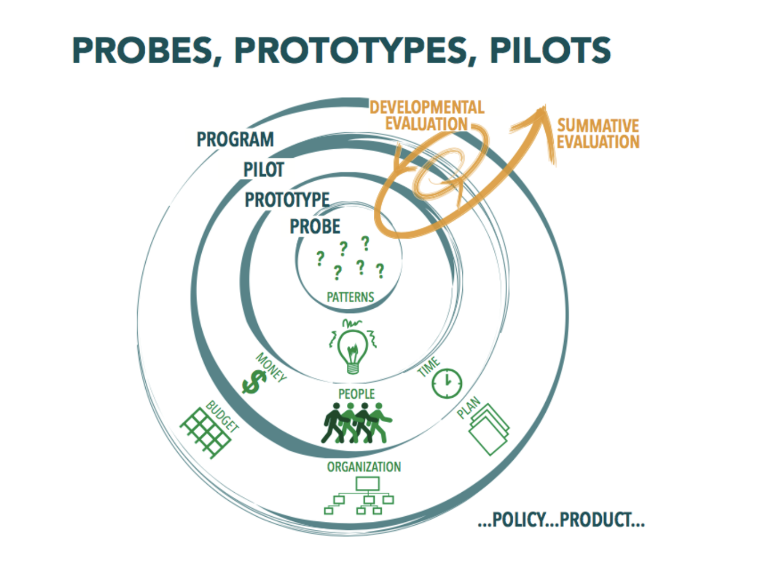
When I was up in Whitehorse last week I got to spend time with folks from the Public Service Commission discussing a project that would see us looking at discriminations in the workplace from a complexity angle. Using Cynefin and SenseMaker(tm), we hope to understand the ways in which the landscape of discrimination shifts and changes over time so that the PSC can make wiser decisions about the kinds of initiatives it sculpts. One of the problems with diversity initiatives in the public service (in any large public organization really) is the feeling that they need to be broad based …
In the complex space, Paul Hobcraft shares some very good guiding principles, but the whole post shimmers with good advice about transformation, and is applicable to movement building, network organizing and enterprise. Today corporate transformations must be designed and executed quickly and routinely—not as once-a-decade events. Management teams are looking for best practices that increase speed and reduce the risk of pursuing business model innovation and change. That’s where minimum viable transformation comes into play. Before diving in, management teams should consider these five principles: 1. Learn how to learn. The central goal of minimum viable transformation is to learn …
Entraining your mind to outcomes is the hardest practice to beat as a facilitator working in complexity. Whether it is learning, strategy or design, if you are in the complexity domain your attachment to an outcome is highly dangerous. It will shape your process, and cause you to harvest only what you are looking for, missing out on the juiciest, most powerful places of potential in a system. Over the past week I managed to watch the entire 10 part series on the trials of Steven Avery on Netflix called Making a Murderer. Regardless of whether you think Avery is …
“We shall not cease from exploration, and the end of all our exploring will be to arrive where we started and know the place for the first time.” — TS Eliot Our Beyond the Basics team is about to host our last gathering of the current cycle of offers, back in North America. Over the past five Beyond the Basics offerings I have learned more than I feel like I’ve shared. I can feel that my practice has changed as a result of doing this work, and I’ve become interested in the way our team’s ideas and lessons from working …
Dave is working on a theory of change, which I think is a good thing. In this latest post he has a nice summation of the way to move to action in complex situations (like cultures): So where we are looking at culture change (to take an example), we first map the narrative landscape to see what the current dispositional state is. That allows us to look at where we have the potential to change, and where change would be near impossible to achieve. In those problematic cases we look more to stimulating alternative attractors rather that attempting to deal …

